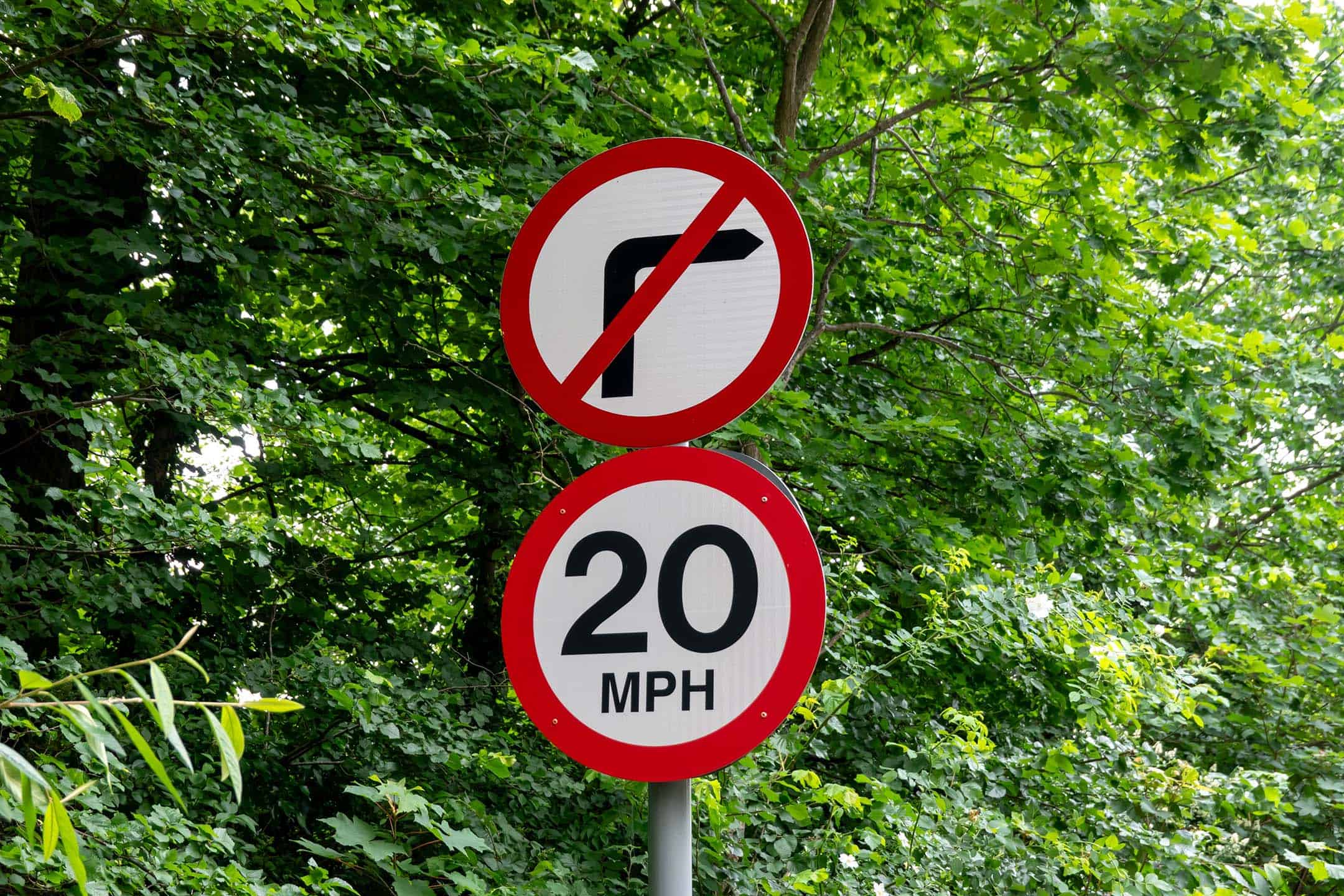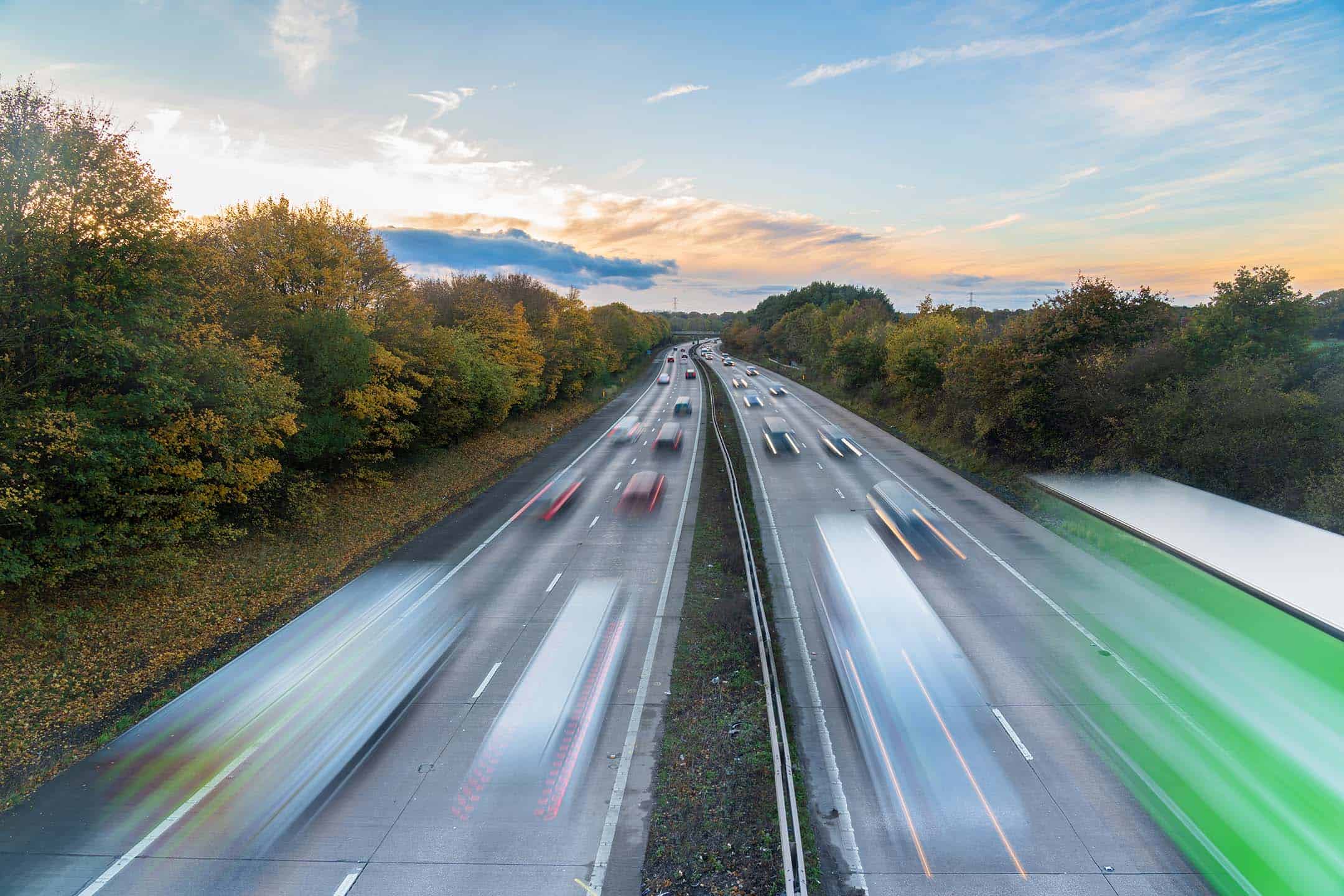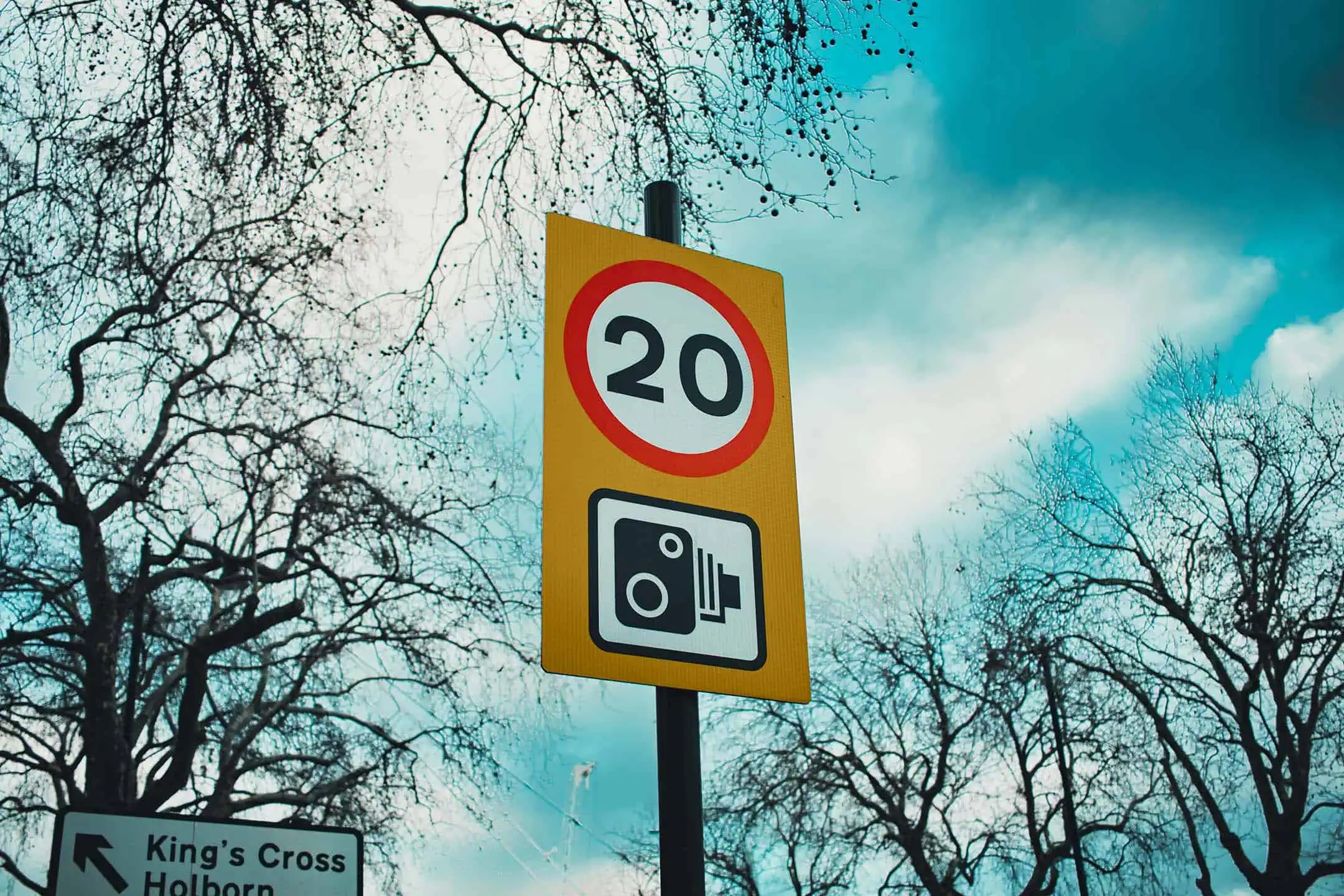Speeding

Roads
Vulnerable Users
Driving Law
Breakdowns
Why is there so much talk about speeding? FACT: Driving just a few mph faster could be the difference between life and death. Speed limits are there for a reason.
Speeding is deliberate and can kill; it’s not an accident!
Watch this disturbing video from ThinkUK, it may be fun to speed but is it worth it?

National speed limits
You must not drive faster than the speed limit for the type of road and your type of vehicle. The speed limit is the absolute maximum, and it doesn’t mean it’s safe to drive at this speed in all conditions.
- Built-up areas – 30 mph (48kph)
- Single carriageways – 60 mph (96kph)
- Dual carriageways – 70 mph (112 kph)
- Motorways – 70 mph (112 kph)


Local speed limits
Local authorities can set their limits to allow for specific local needs. For instance, 20 mph zones are increasingly being applied in built-up areas and around schools.
The penalties for speeding
If you are caught speeding by a speed camera or the police, the minimum punishment is a £100 fine and three penalty points added to your licence.
Speed awareness course
In some cases for minor speeding offences, you may have the opportunity to attend a speed awareness course. Although the cost of this course will be more than just accepting and paying the Fixed Penalty Notice, the advantage would be avoiding having your licence endorsed with the three penalty points.
More serious speeding offences can expect much harsher penalties, and in some cases will even carry an instant driving ban.